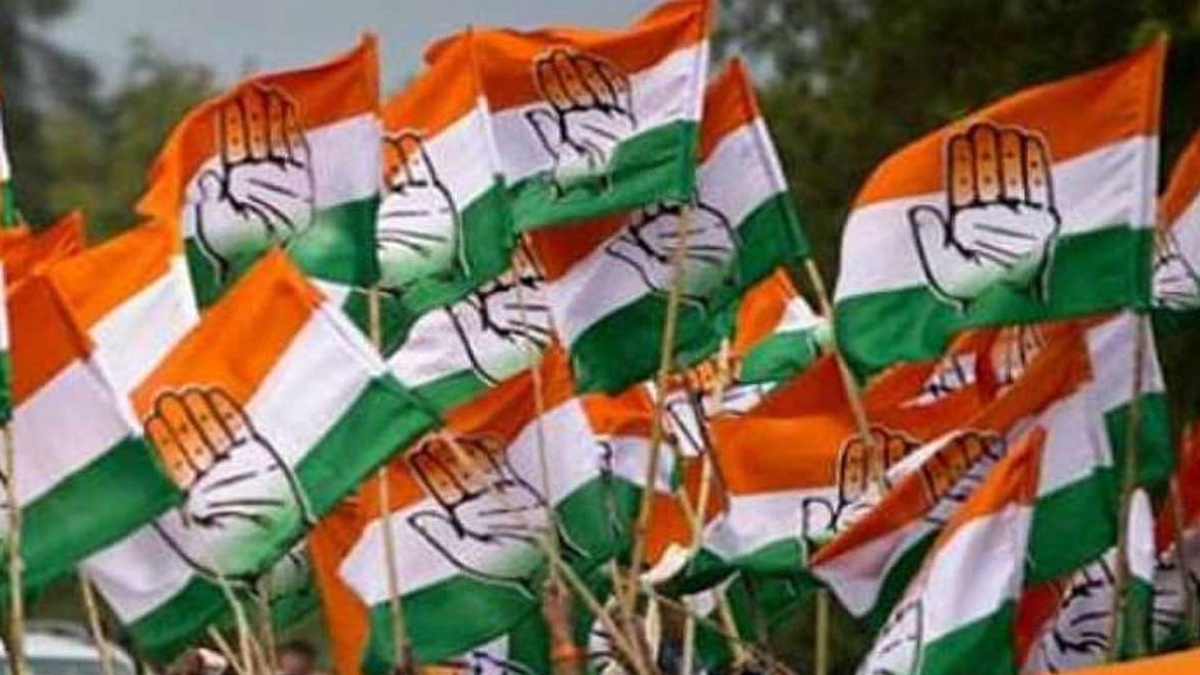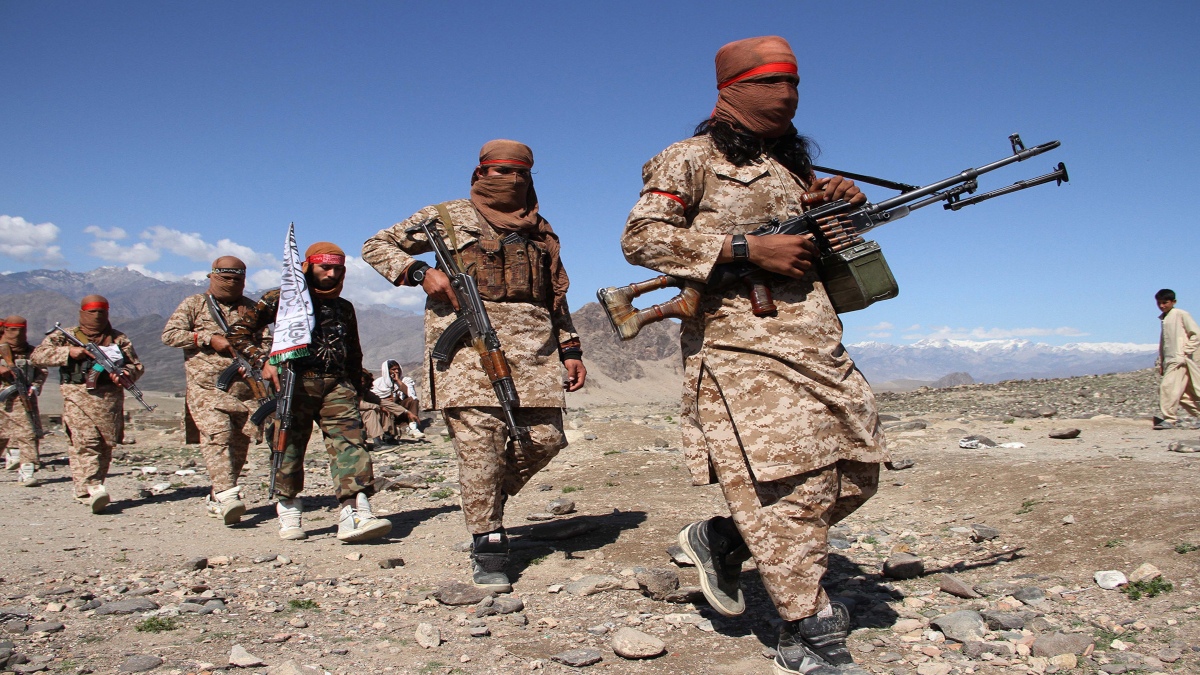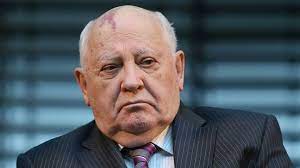One of the most significant delinquencies many businesses face today is the incidences of fraudulent acts commissioned by employees. The growing number of reported occurrences of fraud and its detrimental impact on corporate subsistence continue to draw the attention of auditors and fraud examiners around the world. According to the Association of Certified Fraud Examiners (A.C.F.E.) report to the nations on occupational fraud and abuse 2020, organizations lose roughly 5% of their revenue to fraud each year. This is the worldwide data available. One thing pertinent to note is that this is what is reported. What is not reported, obviously, has not been counted. While the fraud can be perpetrated both externally and internally, recent studies show that internally perpetrated fraud by employees, management, and sometimes owners (occupational fraud) has been more prevalent in recent years than the former. The majority of these researches have primarily focused on financial statement fraud, with little attention paid to other types of occupational frauds. An employee commits occupational fraud during the course of their occupation. Sometimes, it is further referred to as employee fraud. According to A.C.F.E., there are three categories in which an employee may commit fraud on an employer or organization viz, Asset misappropriation, Corruption, and Financial Statement fraud. Briefly speaking, when an employee swindles with cash or other assets belonging to the organization for personal use without authorization, it is called Asset misappropriation. Corruption is wrongful acts by employees designed to cause unfair advantage to the perpetrator, including bribery, kickbacks, economic extortion, collusion, etc. Corruption is a vast term and includes the wrongful use of influence by a person to benefit the actor or any other person. On the other hand, financial statement frauds are usually perpetrated by management against potential users of financial statements. Hence, it is an intentional act whereby the perpetrators usually get little or no financial gain; instead, they are committed to showing the better standing of the company on paper.
Despite the importance of financial statement fraud in the fraud discussion, empirical studies have shown that the frequency with which employees engage in other types of fraud, particularly asset misappropriation, dramatically outnumbers the former. Asset misappropriation accounted for 86 percent of all reported fraud instances during 2020, according to A.C.F.E. Surprisingly, even after the incidences of asset misappropriation continue to rise, most studies have been concentrated only on financial statement fraud.
Why do employees commit fraud against the organization which provides the bread and butter? What induces them to do such an act? Ultimately, the loss of the organization is the loss of an employee. Few theories have been developed over time to understand why people commit fraud, especially occupational fraud. However, these theories have also undergone many developments, e.g., the fraud triangle with three elements to the S.C.O.R.E. model with five elements. Different sociologists have asserted different rudiments in their studies. However, according to these different models, Pressure, Rationalization, capability, opportunity, and ego are prime elements that motivate individuals to commit any fraudulent behavior. However, all these elements may not hold equal weightage in their relevance behind a fraud. In almost all the studies, the opportunity has been perceived as the most crucial factor behind the fraudulent behavior, which triggers the lack of internal controls within the organization.
As mentioned earlier, asset misappropriation is the most common type of occupational fraud. It occurs when an employee steals or misuses the organization’s resources such as cash, fraudulent billing, inventory, or inflated expenditure reports. In almost all such cases, the perpetrator uses techniques of deception or trickery to steal or misappropriate the organization’s assets. According to Dr. Steve Albrecht, “Asset theft, concealment, and conversion must all be present for asset misappropriation.” Asset misappropriation is the most common type of fraud because it is usually the easiest to commit, albeit it does not always result in significant direct losses.
On the other hand, it deprives businesses of resources that could have been used to improve their productivity and profitability. The A.C.F.E. further divides asset misappropriation schemes into cash misappropriation and misappropriation involving inventory and other assets. Aside from its domination, asset misappropriation is a significant phenomenon in the accounting discipline, particularly in auditing. International Standards on Auditing (I.S.A.) 240 inflates the auditor’s responsibilities for fraud detection to encompass asset misappropriation. Hence, asset misappropriation is an issue that deserves the immediate attention of major stakeholders, i.e., management, auditors, and shareholders.
SOME ELEMENTS OF OCCUPATIONAL FRAUDS ARE:
Pressure or stimulus is a non-shareable problem that motivates a person to engage in acts that would help alleviate such pressures. When individuals face financial and non-financial pressures, they may feel compelled to engage in fraudulent activity (Cressey, 1953).
Another significant aspect that motivates persons to commit fraud is the availability of opportunities to engage in fraudulent conduct. Fraudulent activities in the workplace are frequently the outcome of a lack of internal controls within the organization. Hence, the stronger the entity’s internal control system, the fewer individuals participating in fraudulent or other illegal activities. If firms fail to seal possibilities for fraud due to overtime, certain employees may see this as a sign of corporate culture and eventually take advantage of these opportunities.
Fraudsters frequently have an outlook that leads them to fabricate justifications to justify their acts. In the fraud literature, this mentality or attitude is known as Rationalization and is one of the tenets of the fraud models. Rationalization is defined as a person’s mentality that allows them to excuse immoral behavior as not being criminal. As a result, Rationalization allows fraud perpetrators to justify their acts to protect their belief and self-image as honest, innocent people who were unfortunate enough to be caught up in a critical circumstance rather than criminals.
Wolfe and Hermanson (2004) brought the notion of capability into the fraud theory, defining it as persons’ characteristics and abilities that significantly impact whether or not fraud occurs. For a fraudulent act to occur, an individual’s capacity to detect an opportunity to take advantage of it is critical. As a result, a fraud perpetrator should be in a position inside the organization that allows them to commit the fraudulent act or have the skills and abilities to execute it.
The ego determines what is moral and what is not. Because of their ego, people are concerned about what others think of their behavior. People work hard to establish a reputation, and they do everything they can to retain it. Some people engage in various actions, including deception, to maintain their egos. Vousinas (2019) demonstrates that some people enjoy the feeling of outsmarting the world when their initial crimes are successful and unnoticed, boosting their ego. As long as they are not caught, such individuals are encouraged to engage in such fraudulent actions repeatedly. Individual ego might thus determine whether or not a person will commit fraudulent acts such as wealth misappropriation.
The fraud model (S.C.O.R.E.) describes the effect of Pressure, Rationalization, capability, opportunity, and ego on asset misappropriation while controlling for the impact of ethical values on asset misappropriation from a theoretical perspective. Additionally, the effect of these elements on an individual’s propensity to misappropriate assets is highly dependent on how individuals perceive an organization’s internal control systems.
PRESSURE AND ASSET MISAPPROPRIATION
As a general tendency, when people are faced with financial or non-financial difficulties that they do not want to share, they misappropriate assets. Because these forms of Pressure are non-transferable, such people will go to any length to get rid of them, including committing fraud. Individuals may have high work expectations and targets, putting them under a lot of stress. Organizations may also encounter pressures that are passed on to personnel. Apart from this, conditions outside the workplace, e.g., at home or family, may cause some stress. Individuals who have family and friends who rely on them financially may feel under Pressure to meet their requirements. Some individuals may exploit the organization’s assets as a means of lessening or controlling such demands. According to Steve Albrecht, people typically participate in fraudulent activities when they are under duress. Every fraud perpetrator must have been under Pressure to perpetrate fraud. Pressure has been discovered to be a significant influencing factor in the occurrence of fraudulent behaviors. According to various fraud models, pressure is a factor that causes persons to engage in fraud. According to these studies, individuals misappropriate assets at work when under strain, whether personal or work-related, financial or non-financial, to alleviate such stresses. Hence Pressure has a substantial impact on asset misappropriation.
RATIONALIZATION AND ASSET MISAPPROPRIATION
Most people who engage in asset misappropriation excuse their actions by believing that such activities are necessary or do not damage others. Misappropriating assets at work is simple for certain people because they fabricate explanations to justify their acts and maintain the belief that they have done nothing wrong and are still trustworthy. Often, an organization’s internal culture is a fertile environment for some employees’ rationalizations for committing fraud. People defend their fraudulent behavior at work, for example, by claiming that “bribery is a prevalent culture here” and “everyone does it, so why not me?”
Several empirical research has concluded that rationalization has a significant impact on the prevalence of fraud and that people who cannot justify their wrongdoings are less likely to commit fraud. With first-time fraud offenders, rationalization is even more prominent. According to Donald Cressey (1953), most of those who engaged in some deceptive behavior for the first time justified their actions. As a result, the ability to rationalize wrong actions may be a key predictor of why some employees misappropriate funds at work. Hence Rationalization has a significant and positive effect on asset misappropriation.
CAPABILITY AND ASSET MISAPPROPRIATION
When the perpetrator is in a position where they have access to the firm’s resources, it is generally easier to commit fraudulent crimes like asset theft. Individuals must also possess specific personal characteristics and abilities that allow them to misappropriate assets at work without being discovered. As a result, simply recognizing the existence of an opportunity is insufficient to commit the fraud unless the individual is well-positioned to take advantage of it. As a result, a fraud perpetrator must possess the skills and abilities to conduct the deception. Individuals misappropriate assets when they can comprehend and exploit internal control mechanisms so that they are not found. If they are caught, they are sure that they will be able to handle any stress that follows. Existing fraud research has discovered a positive link between fraud and capability.
PERCEIVED STRENGTH OF INTERNAL CONTROL SYSTEMS
The strength of a company’s internal control systems can either create opportunities for fraud in the organization or close loopholes that could lead to fraud. Robust internal control systems are frequently capable of identifying wrongdoing, whereas poor internal control systems are not. As a result, how personnel within an organization view the internal control systems in their organizations is critical. This is because a person’s perception of internal control can lead to them engaging in fraudulent behavior. Individuals may, for example, misappropriate assets at work if they believe the workplace’s internal control systems are poor and so will not be noticed.
On the other hand, internal controls act as a deterrent to fraud when they are strong. Individuals do not have the opportunity to misappropriate money since they know that internal procedures will expose them. Hence, strong Internal Controls have a negative relationship with asset misappropriation.
EGO AND ASSET MISAPPROPRIATION
Because of their ego, an average person places some importance on what other people think of them. Individuals frequently wish to establish and maintain social standing. People may engage in particular actions solely to preserve their ego because they value and do not want to lose their status, especially if it is one of power. According to the findings of some existing studies, fraudsters are frequently egoistic, and ego appears to be a recurrent theme in some of the most recent striking frauds. People who have a strong attachment to their social standing are more prone to engage in wrongdoing such as misappropriation of their organization’s funds. This is because such persons may be willing to participate in potentially fraudulent conduct to maintain their social lifestyle. The ego and asset misappropriation have a favorable association.
ETHICAL VALUES
Various industries and professional organizations have adopted codes of conduct that apply to all companies. As a result, most businesses adopt these codes of ethics to create ethical standards that will guide how their employees behave in the workplace. Some people’s activities are also influenced by their ethical lookout. What is right or wrong, good or bad, depends entirely on one’s moral perspective. According to the findings, people commit fraud because they lack ethical beliefs or do not follow the ethical rules in their jobs. Individuals with strong ethical convictions, on the other hand, rarely perpetrate fraud. Moral principles significantly influence asset misappropriation.
PERCEIVED STRENGTH OF INTERNAL CONTROLS SYSTEMS
Internal controls make or break a company’s ability to commit fraud. When internal controls are tight, all gaps that could allow fraudulent workplace actions are closed, lowering the rate of fraud in the workplace. People can take advantage of the opportunity presented by the loose systems to engage in fraudulent activities when internal controls are insufficient.
A thief also avoids breaking into a house that has a watchdog. Internal controls can also be perceived the same in an organization. Individuals would not misappropriate assets at work if adequate internal controls were in place. Individuals in senior positions in companies, on the other hand, may not be bothered by internal control measures because they can usually circumvent them to hide their transgressions. Understanding the push factors, i.e., Pressure, rationalization, capability, and ego, is crucial for management and policymakers in developing solutions targeted at eliminating workplace fraud. Having proper and robust internal control systems in place is one of the most effective approaches to reducing the occurrence of asset misappropriation.
The writer is a finance and forensic accounting professional and is currently associated with the education industry in the capacity of a finance officer. The views expressed are personal.


 Opinion3 years ago
Opinion3 years ago
 Entertainment8 years ago
Entertainment8 years ago
 Entertainment8 years ago
Entertainment8 years ago
 Fashion8 years ago
Fashion8 years ago
 Opinion4 years ago
Opinion4 years ago
 Entertainment8 years ago
Entertainment8 years ago
 Politics8 years ago
Politics8 years ago
 Entertainment8 years ago
Entertainment8 years ago









